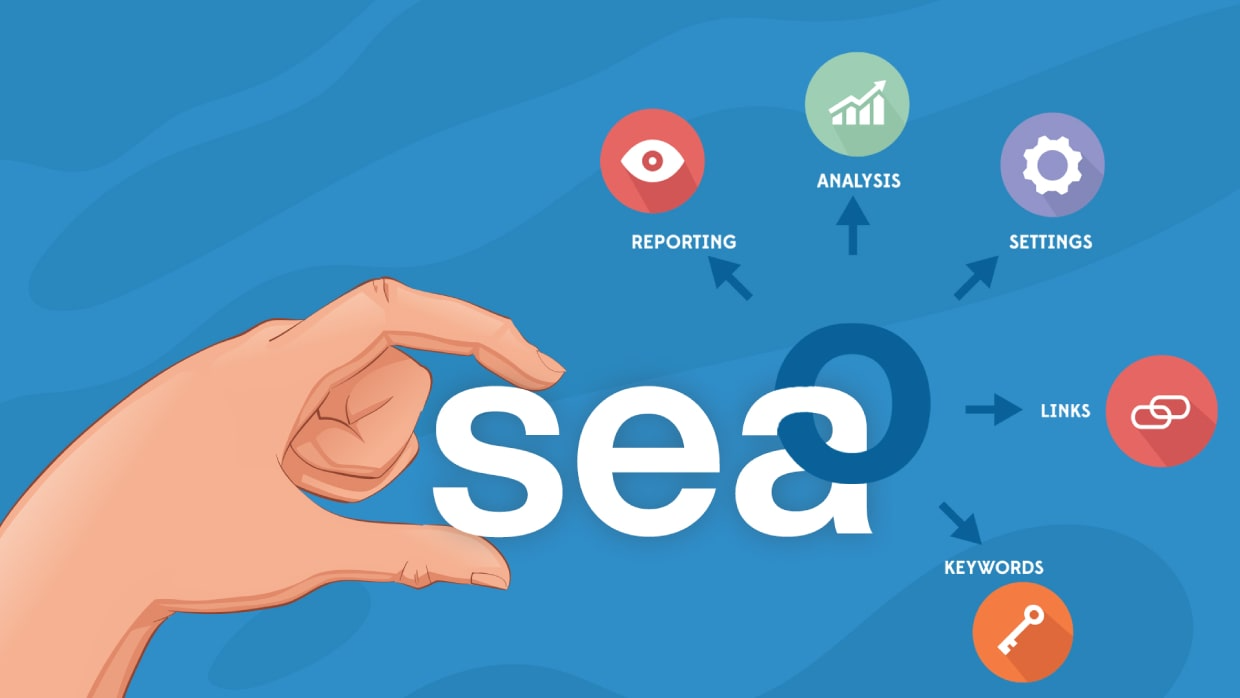Notifications

6 minutes, 55 seconds
-53 Views 0 Comments 0 Likes 0 Reviews

Audience targeting has revolutionized the way businesses approach search engine advertising. Rather than casting a wide net and hoping to catch the right customers, targeted SEA campaigns focus on reaching specific groups who are most likely to be interested in your products or services. By honing in on demographics, interests, behaviors, and intent, advertisers can create more personalized and relevant ads that resonate with their audience. This precision not only improves click-through and conversion rates but also makes the most efficient use of your advertising budget. When executed effectively, audience targeting transforms generic campaigns into tailored marketing strategies that speak directly to the needs and desires of your ideal customers.
Before diving into audience targeting, it’s crucial to understand who your ideal customers are and what you want to achieve. Defining clear audience segments involves analyzing existing customer data, conducting market research, and identifying key demographic and psychographic traits such as age, gender, location, interests, and purchase behaviors. Equally important is establishing specific campaign goals—whether it’s increasing brand awareness, driving purchases, or capturing leads. Clear objectives help you determine which audience segments to prioritize and guide your campaign setup. The more clarity you have about your audience and goals, the more precise and impactful your targeting efforts will be, allowing you to craft messages that truly appeal to the right people at the right time.
Most SEA platforms like Google Ads provide a broad range of targeting options beyond basic demographics. You can leverage custom affinity audiences to reach users based on their long-term interests, or use in-market audiences to target consumers actively researching products and services similar to yours. Layering targeting options such as remarketing, similar audiences, or customer match further enhances precision, enabling you to reconnect with previous website visitors or existing customers for cross-selling and retention. Location targeting is also critical—tailoring your ads to users in specific geographic regions ensures your message is relevant to their local context. Utilizing these advanced targeting features allows you to refine your audience segments, making your campaigns more focused, effective, and aligned with your overall marketing strategy.
Once your target segments are defined, the next step is tailoring your ad copy and visuals to match their specific interests, pain points, and behaviors. Generic ads tend to underperform in highly targeted campaigns, so personalization is key. For example, if you're targeting young professionals interested in fitness, your creative might highlight convenience and performance. Conversely, for older audiences, messaging might focus on reliability and health benefits. Incorporating dynamic ad features, such as personalized headlines or offers based on audience data, can significantly boost engagement. Remember, the more relevant and compelling your creative, the higher the chance of capturing attention, fostering interest, and encouraging conversions among different audience groups.

Retargeting is one of the most powerful tools in audience targeting—allowing you to reconnect with users who have previously engaged with your website or ads but did not convert. By displaying tailored ads to these warm audiences, you can reinforce your message, remind them of your offerings, and provide additional incentives to take action. For example, showing a special discount or highlighting product reviews can stimulate interest and push hesitant visitors toward making a purchase. Retargeting campaigns are most effective when they are personalized based on the user’s previous interactions, such as viewing specific products or abandoning shopping carts. Properly implemented, retargeting ensures you stay top of mind with your audience and boosts your overall conversion rates.
Audience behaviors and preferences evolve over time, making continuous monitoring and optimization essential for maintaining campaign success. Regularly review key performance metrics such as click-through rates, conversion rates, and cost-per-acquisition across different audience segments. Use these insights to identify which groups are responding best and which may need more refined messaging or exclusion. A/B testing different creative assets for specific audiences can also reveal what resonates most. Over time, refining your audience segments and targeting criteria ensures your campaigns remain relevant, cost-efficient, and aligned with your evolving business objectives. The ability to adapt and optimize audience targeting is what separates successful SEA campaigns from static, ineffective ones.
Effective audience targeting isn’t just about reaching the right people; it’s also about engaging them at the right stage of their customer journey. Awareness campaigns might focus on broad audiences with interests related to your industry, while consideration stages target users who have shown some engagement but are not yet ready to buy. Conversion-focused campaigns often target remarketing audiences or those with high purchase intent. Tailoring your audience segments for each stage ensures your messaging aligns with where users are in their decision process, increasing the likelihood of guiding them toward conversion.

